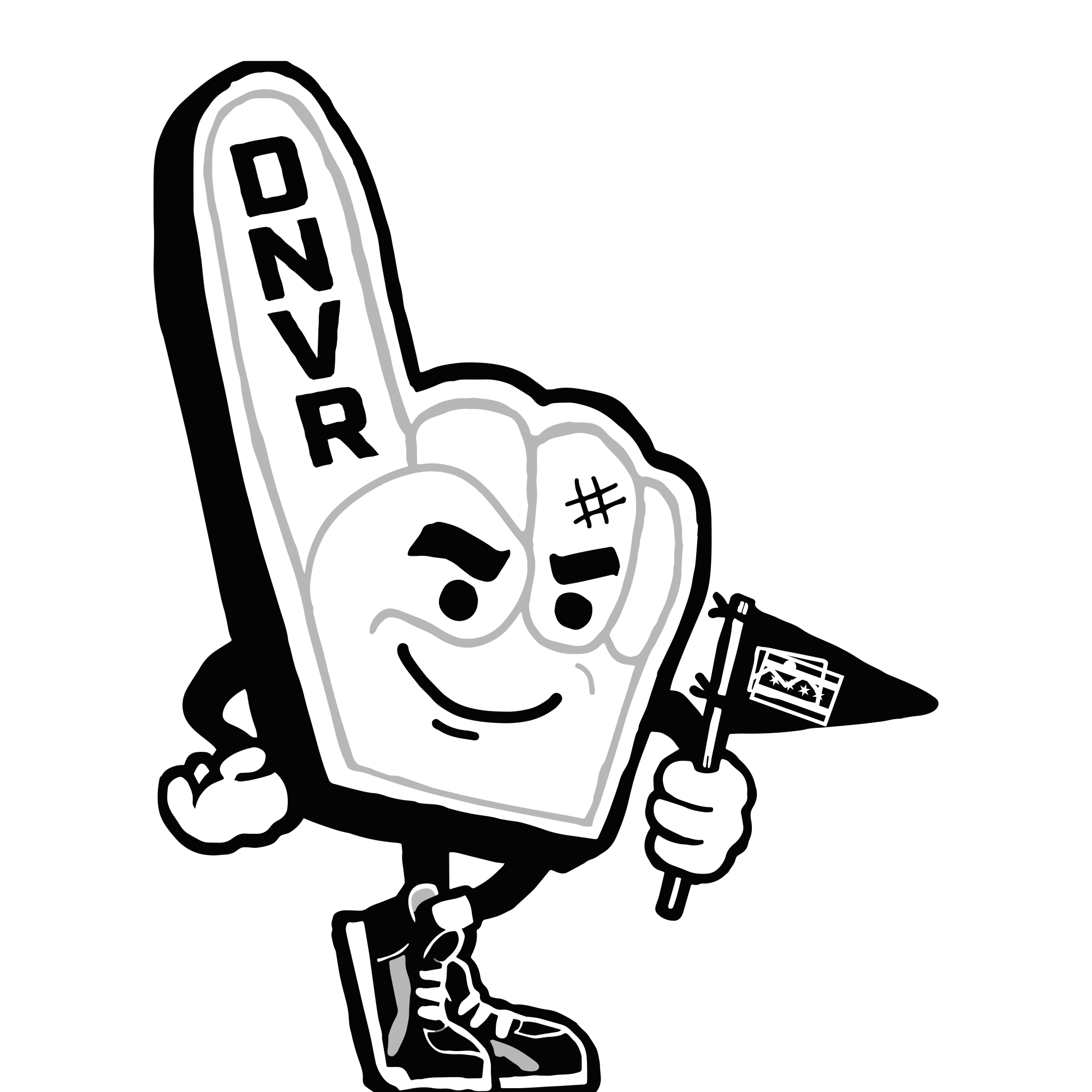© 2025 ALLCITY Network Inc.
All rights reserved.

What the Colorado Rockies should prioritize in the MLB Draft
If the Colorado Rockies want to win games like they did in the late 1990s and 2000s, they have to give up.
That is, their attempt at building an above-average pitching staff. In the Rockies’ 33 years of existence, they only developed two (maybe three) solid starters through their system and made zero splashes via free agency or trade.
The exception was when they bet on Mike Hampton with an eight-year ,$121 million deal in 2001—the largest contract in Rockies history before Kris Bryant and in MLB at the time.
Hampton had a legit career with the Houston Astros and New York Mets before inking with Colorado. Known as a ground ball pitcher, the Rockies front office believed that style would play at Coors Field.
It did not.
After allowing the fewest home runs per 9 innings with the Mets, Hampton gave up 1.30 HR/9 and had a 5.75 ERA in his two-year Rockies career. Ever since that disaster, Colorado has had cold feet when investing in a strong pitcher.
There were a couple of bright spots though.

Ubaldo Jiménez signed as an international free agent for $50,000 when he was 17 and went on to become the all-time franchise leader in ERA (3.66) and pitcher fWAR (18.9) while throwing the team’s only no-hitter.
After acquiring Germán Márquez as a minor leaguer in a trade with the Tampa Bay Rays, he tossed the most strikeouts and the best strikeout-to-walk ratio in team history and is signed through this season.
Other than those two, there is not anyone to write home about compared to the rest of MLB.
Aside from the organization’s timidness to throw money at a competent starter, the more obvious answer as to why Colorado can’t lock up a great pitcher is the fact that they have to throw at the league’s highest altitude in 81 games every year.
At 5,280 feet, a pitcher’s “stuff” doesn’t move like it normally does. The low air density doesn’t just affect a pitch’s spin or break, but it also means mistakes are hit a lot farther than normal.
Since 2015, MLB Statcast has measured how many extra feet of distance each ballpark adds. Coors Field led the league by a longshot every year. In 2024, the park added 18.4 feet on average–Chase Field in Phoenix was in second place with about 8 feet of extra distance.
Offenses produce hits, extra base hits, home runs and runs at rates well above league average in Denver since 1998, making it the most hitter-friendly ballpark in the sport.
Shouldn’t these numbers make playing in the purple pinstripes more attractive to hitters? Once upon a time they did.
The Blake Street Bombers were the heart of the Colorado Rockies’ offense during the franchise’s early years in the mid-to-late 1990s. Named after Blake Street, where Coors Field is located in Denver, this nickname reflected their explosive power-hitting abilities and helped define the Rockies’ identity in their formative years.

The core group consisted of Larry Walker, Andrés Galarraga, Dante Bichette and Vinny Castilla—all of whom were known for crushing home runs at Coors Field.
Their most electric season came in 1995, when the Rockies made the postseason for the first time in just their third year of existence, earning the National League Wild Card. That season, the team slugged its way into the playoffs behind MVP-caliber seasons from Walker and Bichette, with Galarraga winning the batting title the year prior.
The Blake Street Bombers were a perfect product of their environment—built to score big and often—but they also helped cement Coors Field as a must-see venue for offense.
It’s time to bring them back.
This doesn’t mean abandoning all pitching development efforts, but focus those efforts more on drafting, signing and trading some of the biggest boppers you can get.
The organization seemed to make that realization during the 2024 MLB Draft which presented the Rockies two different power hitter options in Charlie Condon and Jac Caglione.

Colorado went with Condon, the Golden Spikes Award winner who led the NCAA in batting (.443), slugging percentage (1.009) and OPS (1.565) while smashing a BBCOR-era record 37 home runs.
Down on the farm in AA-Hartford, the Yard Goats have two sluggers who mashed in High-A Spokane. Northwest League MVP Kyle Karros led the league in batting, on-base percentage, slugging percentage, RBI, hits, extra-base hits, total bases and doubles. Cole Carrigg led the league in triples and homers in 2024.
But there’s always room to add even more, especially in the mighty National League West.
Since the Division I season is more than halfway complete, it is almost time to turn to this year’s draft which showcases some intriguing bats at the collegiate level. With the fourth overall pick, The Rockies should target:
- Aiva Arquette – INF – 6-5, 220 pounds – Oregon State
- 2025 (30 GP): .342/.453/.676 … 111 AB, 18 XBH, 33 RBI
- These statistics are certainly elite, but they aren’t in the top of college baseball. What makes Arquette attractive is his big frame and athleticism. At 21 years old, he can also flash the leather and can play anywhere on the diamond—he would most likely fit at second base if the Rox retain Ezequiel Tovar. Projectability is huge here.
- Wehiwa Aloy – INF – 6-2, 200 pounds – Arkansas
- 2025 (34 GP): .359/.448/.669 … 142 AB, 23 XBH, 12 2B (third in SEC), 10 HRs
- Aloy has, perhaps, the most projectable power in this draft class. Though his lack of speed and steep swing raise some red flags, they are qualities that can improve through time in the minors. Here, you’re investing in irreplaceable juice.
- Brendan Summerhill – OF – 6-3, 200 pounds – Arizona
- 2025 (23 GP): .409/.500/.656 … 13 XBH, 16 BB, 13 SO
- Even though he is currently sidelined with a fractured hand, Summerhill is an athletic player with a projectable frame. In his repeatable left-handed swing, the hit tool is his best strength while the power side has improved each season. He is a sustainable talent.
Trying to pitch your way out of Coors Field is like trying to shovel snow off the mountains during a storm—it’s just not going to happen. The Rockies’ path to relevance won’t be paved on the mound. It starts in the batter’s box.
Comments
Share your thoughts
Join the conversation



